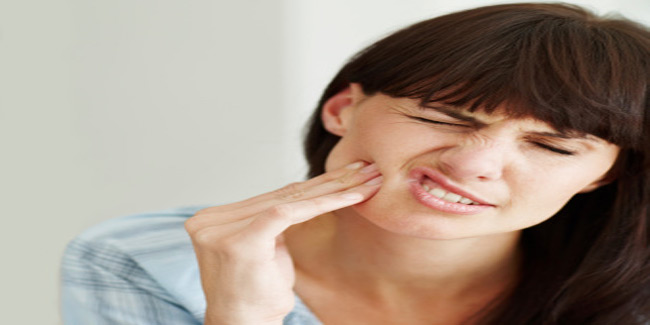
Temporomandibular joint and muscle disorder is associated with problems in the chewing muscles and joints that connect the lower jaw to your skull. Temporomandibular joint is the hinge that connects lower jaw to the temporal bone. The joints are flexible to allow the jaw to move smoothly up and down and side to side which enables us talk, chew and yawn. The position and movement of the jaw is controlled by the muscles that are attached to the jaw joint.
Table of Content:-
Causes
Each side of head had two matching temporomandibular joints which are located just in front of your ears. The abbreviation "TMJ" refers to the name of the joint but is often used to mean any disorders or symptoms of this region.
The effects of physical stress on the structures around the joint are responsible for causing the symptoms. These structures include:
- Cartilage disk at the joint
- Muscles of the jaw, face, and neck
- Nearby ligaments, blood vessels, and nerves
- Teeth
For many people with temporomandibular joint disorders, the cause is unknown. Some causes given for this condition are not well proven. These include:
- A bad bite or orthodontic braces
- Stress and tooth grinding.
Other factors that may make TMJ symptoms worse include stress, poor diet, and lack of sleep.
Other possible causes of TMJ-related symptoms include arthritis, fractures, dislocations, and structural problems present since birth.
Symptoms
Symptoms associated with TMJ disorders include:
- Difficulties in biting and chewing the food
- Clicking, popping, or grating sound when opening or closing the mouth
- Dull, aching pain in the face
- Earache and headache
- Jaw pain or tenderness of the jaw
- Locking of the jaw
- Difficulty in opening or closing the mouth
How Is It Diagnosed?
The dentist will examine the temporomandibular joints for pain and tenderness, popping or grating sounds during jaw movements, limited motion or locking of jaw while closing or opening the mouth, bite along with facial muscle function. Sometimes panoramic x- rays are taken which allow the dentist to view the entire jaws, temporomandibular joint and teeth.
Other tests to diagnose Temporomandibular Joint and Muscle Disorders include imaging tests like magnetic resonance imaging or a computer tomography.
Image Courtesy : Getty
Read more artciles on Temporomandibular Joint and Muscle Disorders Diagnosis and Prognosis
How we keep this article up to date:
We work with experts and keep a close eye on the latest in health and wellness. Whenever there is a new research or helpful information, we update our articles with accurate and useful advice.
Current Version
